TOP STORY
Highway Safety
Media Alert
Press Release
Protecting Utah
Teen Driver Safety Week October 20 – 26, 2019

This week – and every week, parents should have conversations with their teens about the important rules they need to follow to stay safe behind the wheel of a motor vehicle.
National Teen Driver Safety Week is October 20-26, 2019, and is a great opportunity for parents to sit down with their teen drivers and discuss the importance of driving safety. Whether teens are driving a car, truck, or SUV, and whether they’ve just earned their license or have had it for years, the rules stay the same, and they shouldn’t have the keys if they don’t know the rules. Parents, the greatest dangers for teen drivers — and the areas of focus for your conversation — are alcohol consumption, inconsistent or no seat belt use, distracted driving, speeding, and driving with passengers in the vehicle.
Utah Teen Driver Crash Facts
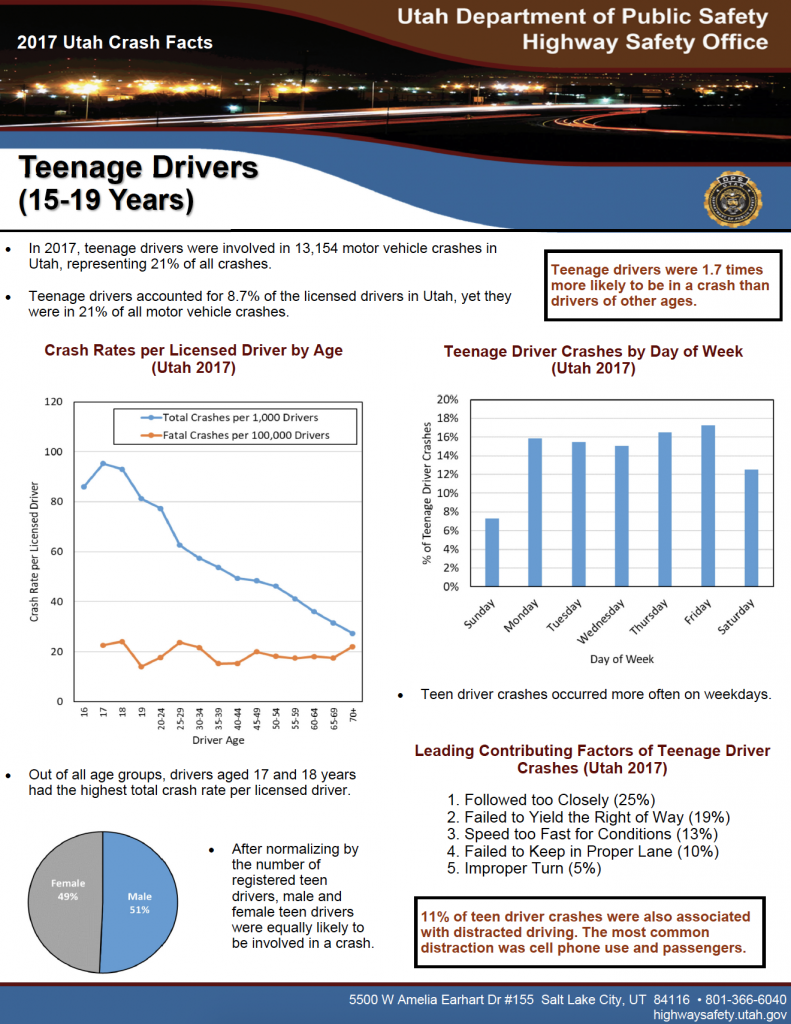
Know the Facts About Teen Driver Fatalities
- Motor vehicle crashes are the leading cause of death for teens (15-18 years old) in the United States, ahead of all other types of injury, disease, or violence.
- In 2017, there were 2,247 people killed in crashes involving a teen driver (15-18 years old), of which 755 deaths were the teen driver — a 3% decrease from 2016.
- Parents can be the biggest influencers on teens’ choices behind the wheel if they take the time to talk with their teens about some of the biggest driving risks, including:
- Impaired Driving: All teens are too young to legally buy, possess, or consume alcohol. However, nationally in 2017, of teen drivers involved in fatal crashes, 15% had alcohol in their system. But alcohol isn’t the only substance that can keep your teen from driving safely: In 2017, 6.5% of adolescents 12 to 17 years old were marijuana users. Like other drugs, marijuana affects a driver’s ability to react to their surroundings. Driving is a complex task, and marijuana slows reaction time, affecting a driver’s ability to drive safely. Remind your teen that driving under the influence of any impairing substance — including illicit or prescription drugs, or over-the-counter medication — could have deadly consequences. It is critical that teen drivers understand why they shouldn’t drive impaired, that they will face strict penalties and may lose their license if they are caught driving impaired, and that they will face additional consequences for breaking the rules they agreed to follow when they started driving.
- Seat Belts: Wearing a seat belt is one of the simplest ways for teens to stay safe in a vehicle. Yet too many teens aren’t buckling up. In fact, there were 539 passengers killed in passenger vehicles driven by teen drivers, and more than half (60%) of those passengers who died were NOT buckled up at the time of the fatal crash. Even more troubling, when the teen driver was unbuckled, 87% of the passengers killed were also unbuckled.
- Distracted Driving: Distractions while driving are more than just risky — they can be deadly. In 2017, among teen drivers involved in fatal crashes, 9% were reported as distracted at the time of the crash. This age group (15-18) also has the largest percentage of drivers who were distracted at the time of a crash.
- Speeding: In 2017, more than one-quarter (27%) of all teen drivers of passenger vehicles involved in fatal crashes were speeding at the time of the crash, and males were more likely to be involved in fatal speeding-related crashes than females.
- Passengers: Teen drivers transporting passengers can lead to disastrous consequences. Research shows that the risk of a fatal crash goes up dramatically in direct relation to the number of passengers in a car. The likelihood of teen drivers engaging in risky behavior triples when traveling with multiple passengers.
- Passengers: Teen drivers transporting passengers can lead to disastrous consequences. Research shows that the risk of a fatal crash goes up dramatically in direct relation to the number of passengers in a car. The likelihood of teen drivers engaging in risky behavior triples when traveling with multiple passengers.

Be Empowered: Talk Regularly to Your Teen About the Dangers of Driving
Parenting teens can be hard, and adding in the driving factor can present a whole new set of challenges. Driving is a new chapter and a step toward independence for many teens. This is where constant communication about safe driving skills is essential for your new teen driver. Self-reported surveys show that teens with parents who set and enforce firm rules for driving typically engage in less risky driving behaviors and are involved in fewer crashes. Don’t look at the conversation as nagging or bothersome — your teen is counting on you to not only set a good example, but to enforce the rules. Keep the following in mind when talking to your teen:
- During National Teen Driver Safety Week, from October 20-26, take the opportunity to talk to your teen about safe driving practices and the consequences they’ll face if they don’t obey the rules of the road.
- Get the facts about teen driving and share these statistics with your teen.
- Become familiar with your State’s nighttime driving restrictions, passenger restrictions, and all the graduated driver licensing (GDL) restrictions, and help law enforcement and educators enforce them.
- Be a good role model for your teen driver and set an example with your own safe driving habits.
- Remind your teen that driving is a privilege, not a right, and it must always be taken seriously.
- Set the rules before they hit the road, and make it clear to your teen that violating the rules will have serious repercussions.
- Talk to your teen about safe cell phone use while in the car. Encourage them to designate a texter, or to pull over before answering phone calls or responding to text messages.
Remember the Rules of the Road
- Don’t Drive Impaired.
Set a good example by not driving after drinking or consuming marijuana or other impairing substances. Remind your teen that drinking before the age of 21 is illegal, and alcohol and/or marijuana and driving should never mix, no matter your age. Also remind them that driving under the influence of any impairing substance — including illicit, prescription, or over-the-counter drugs — could have deadly consequences.
- Buckle Up — Every Trip. Every Time. Everyone — Front Seat and Back.
Lead by example. If you wear your seat belt every time you’re in the car, your teen is more likely to follow suit. Remind your teen that it’s important to buckle up on every trip, every time, no matter what (both in the front and back seats), including in taxis and when using ride-sharing services.
- Eyes on the Road, Hands on the Wheel. All the Time.
Remind your teen about the dangers of texting, dialing, or using mobile apps while driving. Require your young driver to put their phones away when they are on the road and turn on the “Do Not Disturb” or similar feature on their phone. Distracted driving isn’t limited to phone use; other passengers, audio and climate controls in the vehicle, and eating or drinking while driving are all sources of dangerous distractions for teen drivers. Know your state’s law regarding mobile phone and texting while driving restrictions; 38 states and Washington, DC, ban all cell phone use by novice drivers. See Distracted Driving Law Chart. If your teen disobeys, enforce the penalties you set for your teen before they started driving.
- Obey All Posted Speed Limits.
Speeding is a critical issue for all drivers, especially for teens who lack the experience to react to changing circumstances around their cars. Obey the speed limit, and require your teen to do the same.
- Limit Passengers.
With each passenger in the vehicle, your teen’s risk of a fatal crash increases. Review your state’s GDL lawbefore your teen takes to the road; it may restrict the number of passengers in the vehicle during the initial novice driver permitting stage, and it may further dictate who can ride in a car being driven by a teen or novice driver.
Engage in Safe Driving Conversations Year-Round
Start the conversation with your teen about safe driving habits during National Teen Driver Safety Week, but continue the conversation every day throughout the year. Even if it seems like they’re tuning you out, keep reinforcing these rules. They’re listening — your constant reminders about these powerful messages will get through.
Get creative! Talking is just one way to discuss safe driving. You can also write your teen a letter, send e-mail or text reminders, leave sticky note reminders in the car, or use social media to get your message across.
Get it in writing. Create a parent-teen driving contract that outlines the rules and consequences for your teen driver. Hang the signed contract in a visible place as a constant reminder about the rules of the road.
If you and your teen are going somewhere together, let your teen drive. Make sure he or she is following the rules you’ve set.
Finally, be empowered. Driving — for everyone, teen and adult alike — is a privilege, not a right. If your teen is having a difficult time following the rules, it may be time to take away the keys and review the basics. Safe teen drivers can mean the difference between life and death — for themselves, their passengers, and other people on the road.
For more information about National Teen Driver Safety Week and to learn more safe driving tips for your teens, please visit www.nhtsa.gov/road-safety/teen-driving.

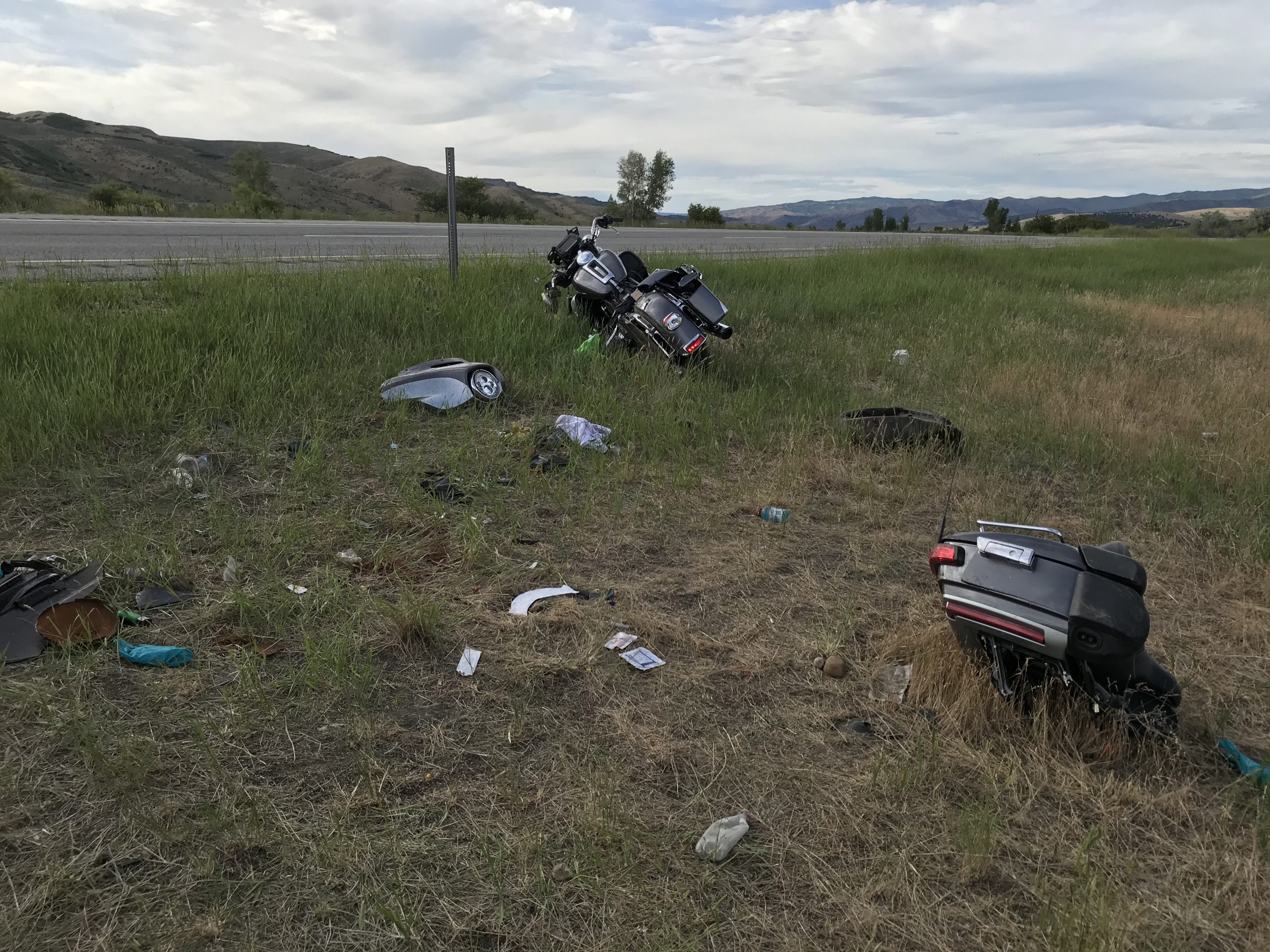
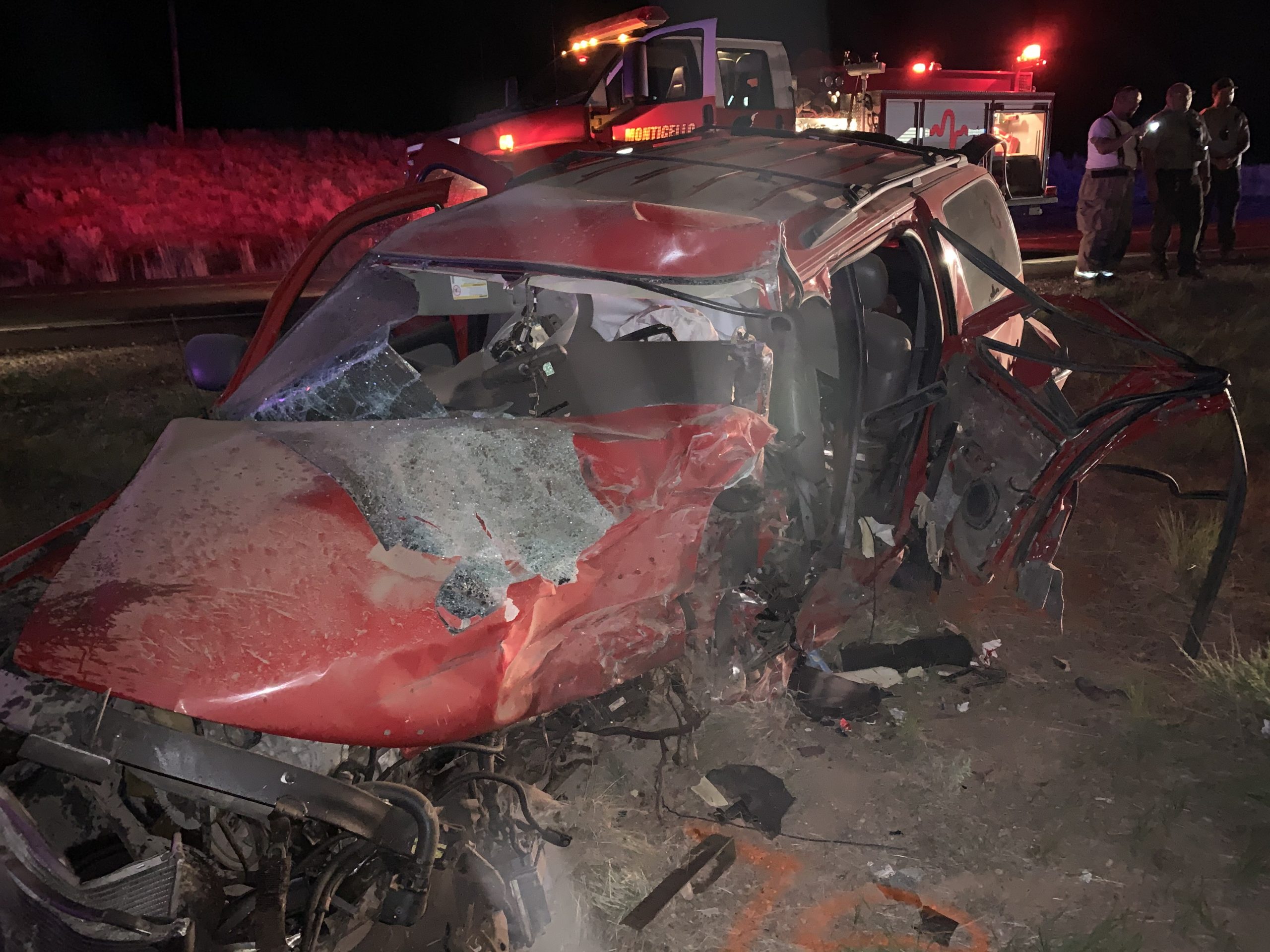

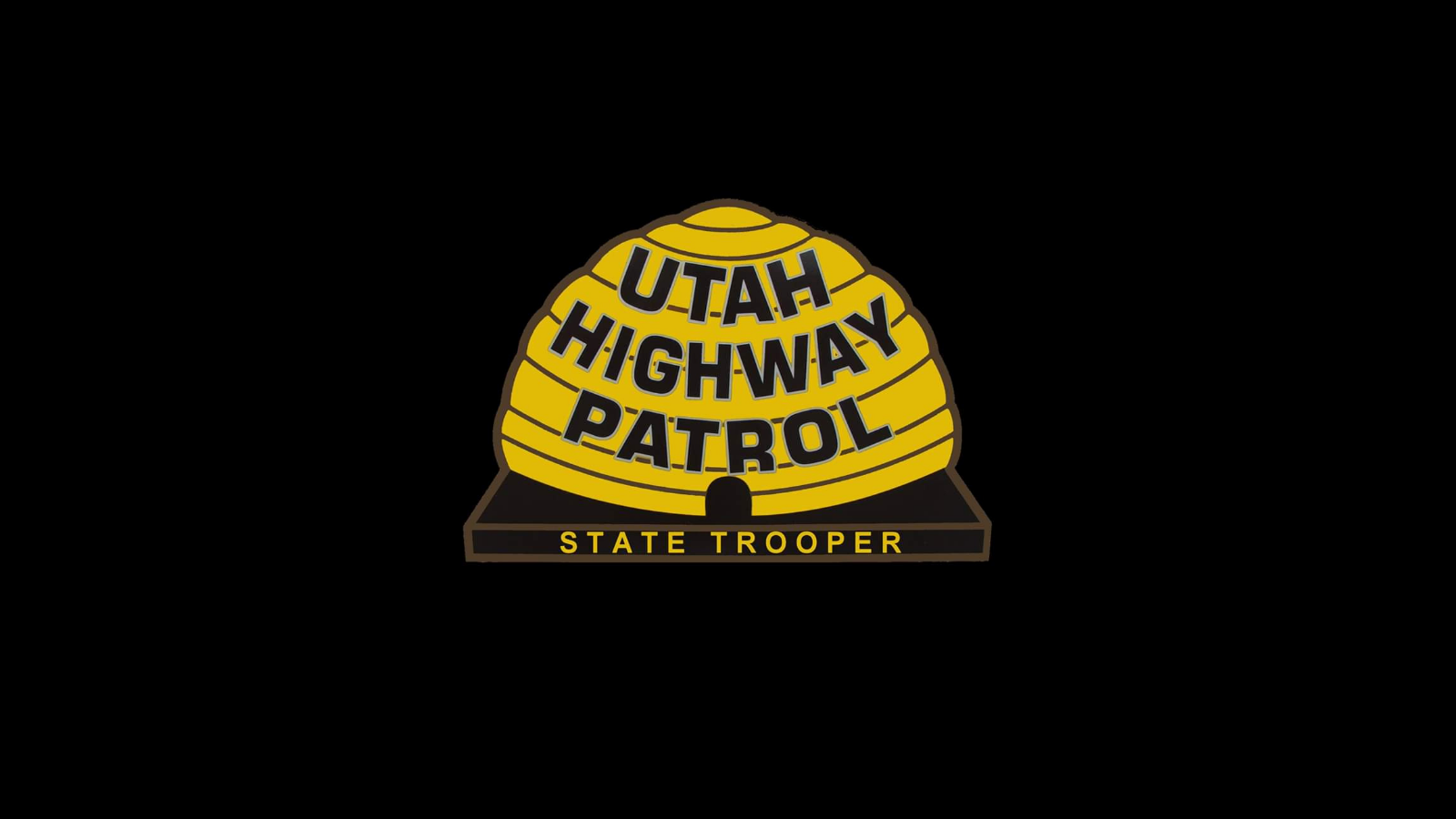
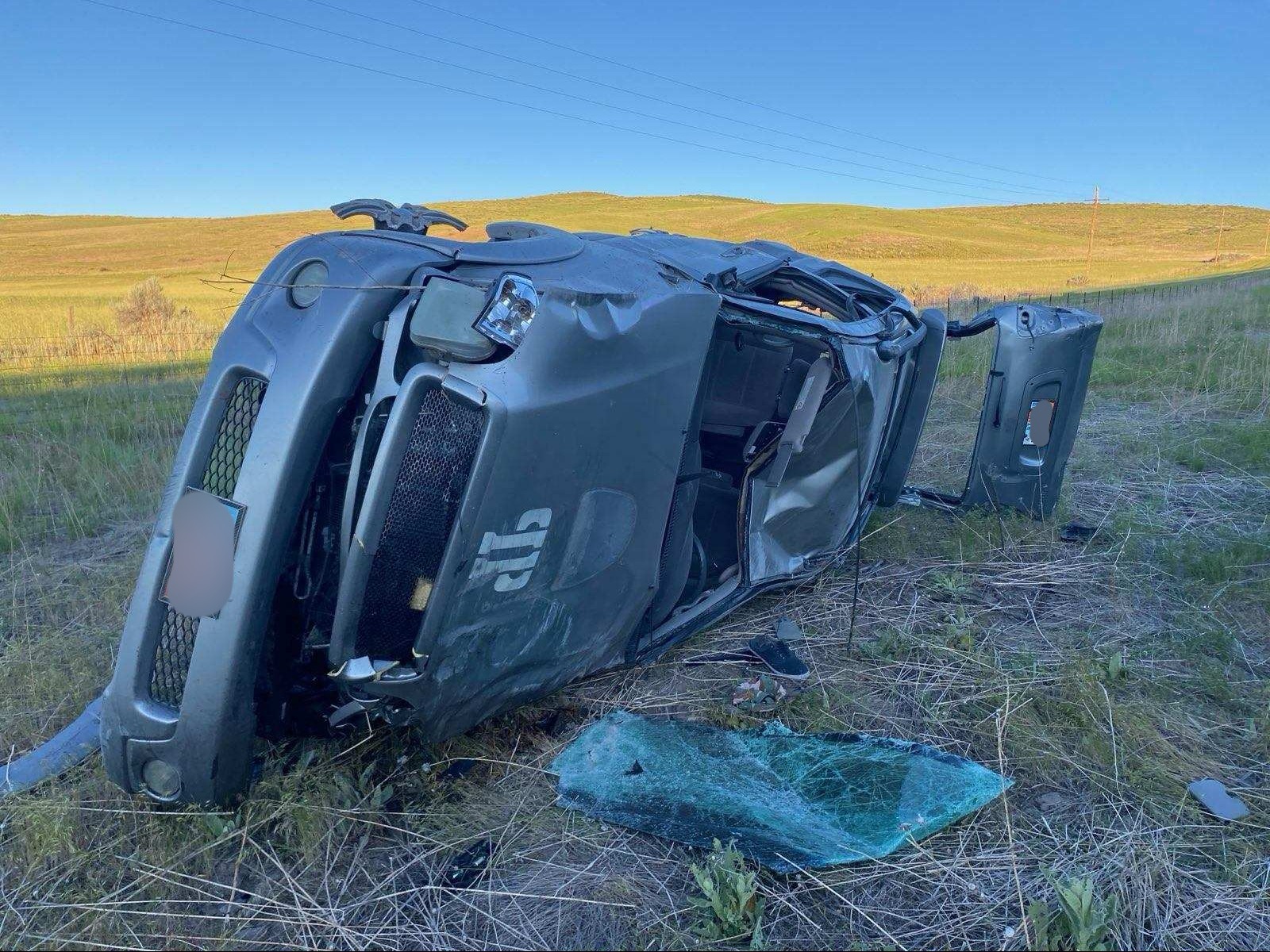
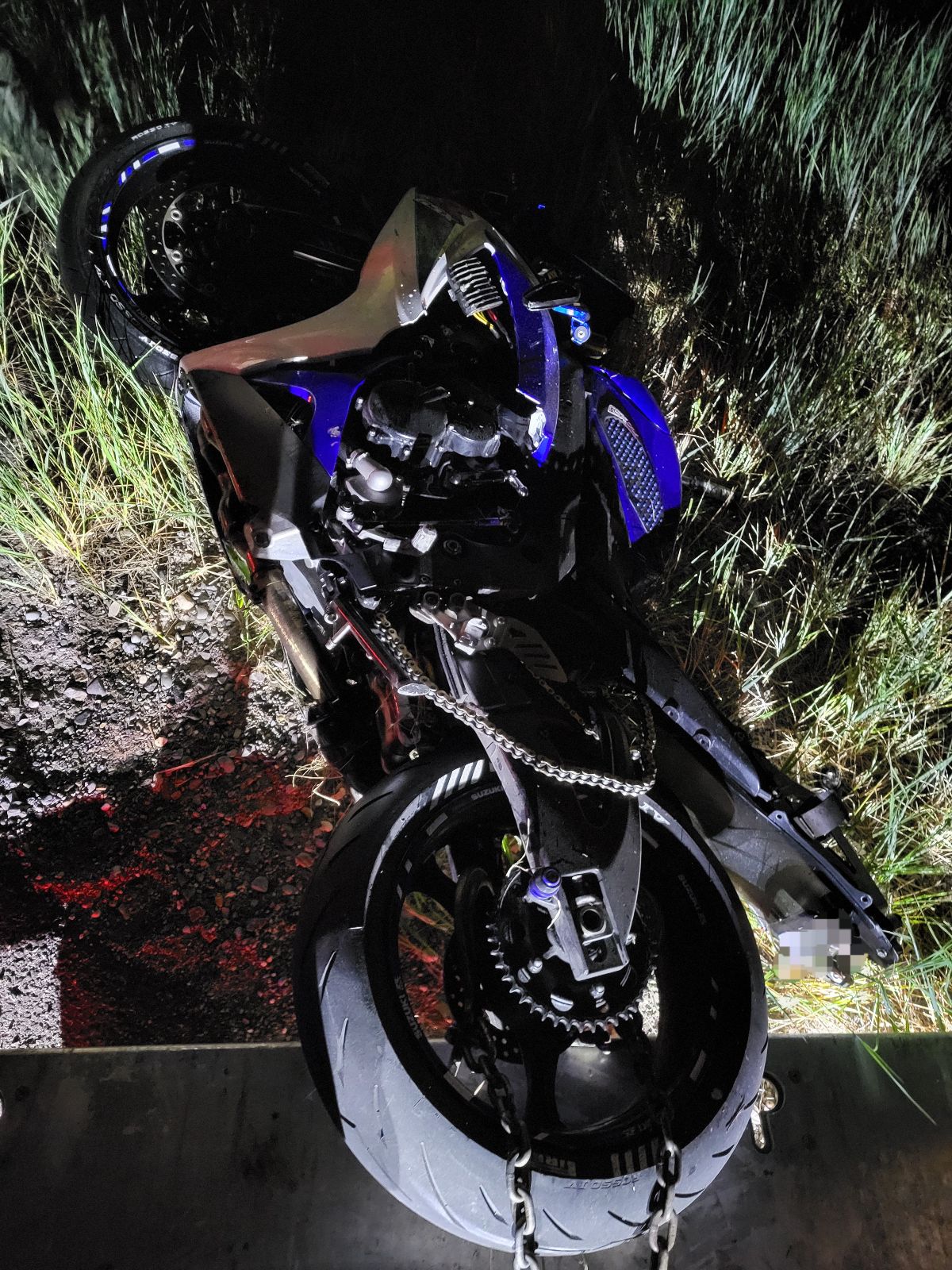
SHARE THIS MEDIA ALERT